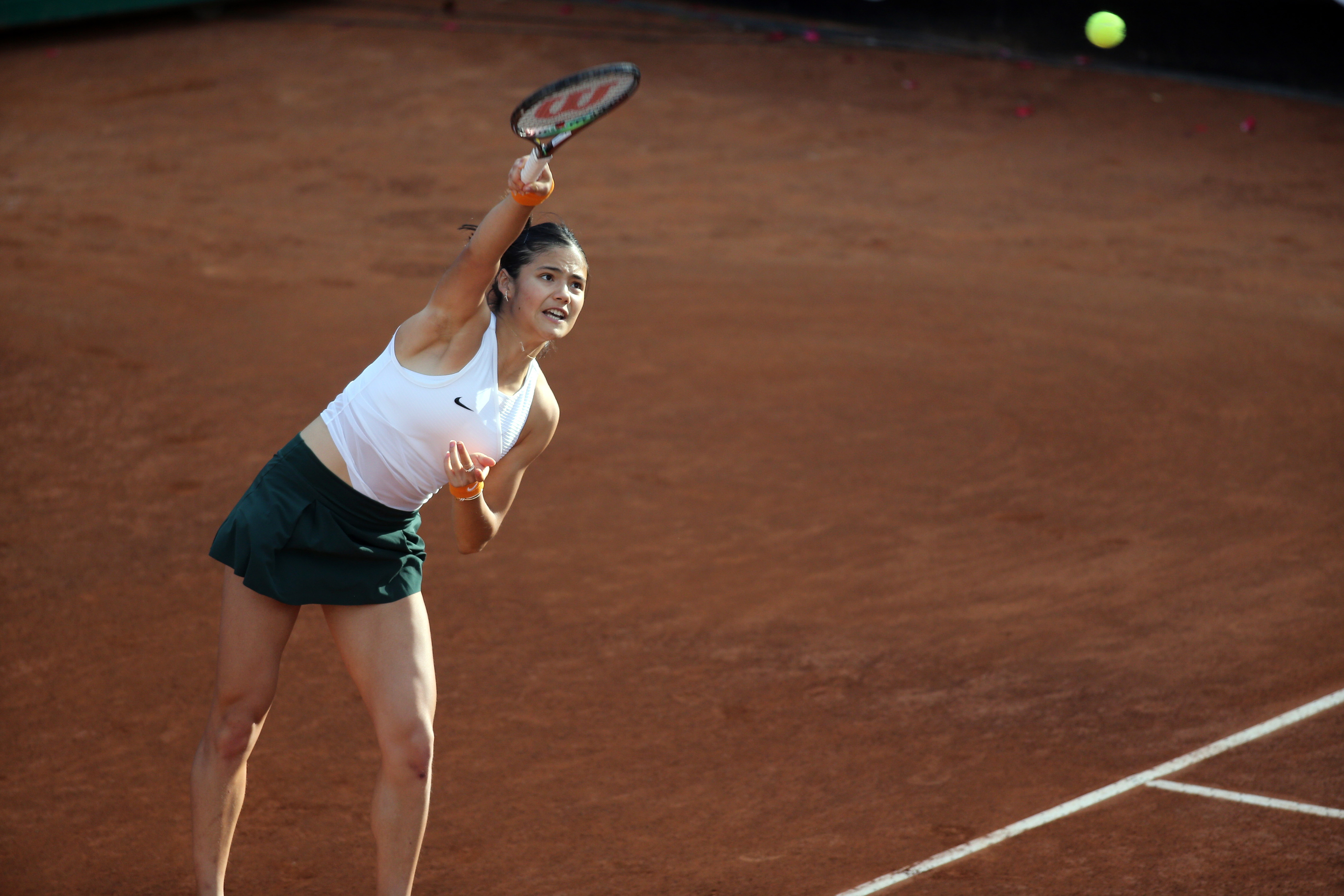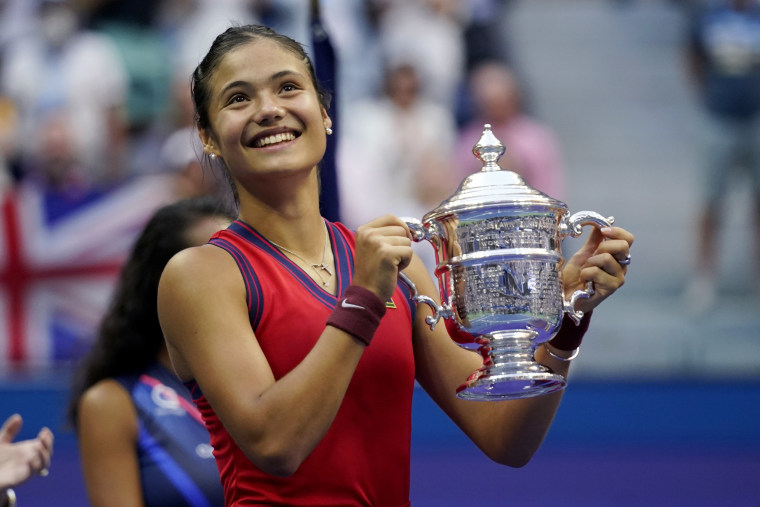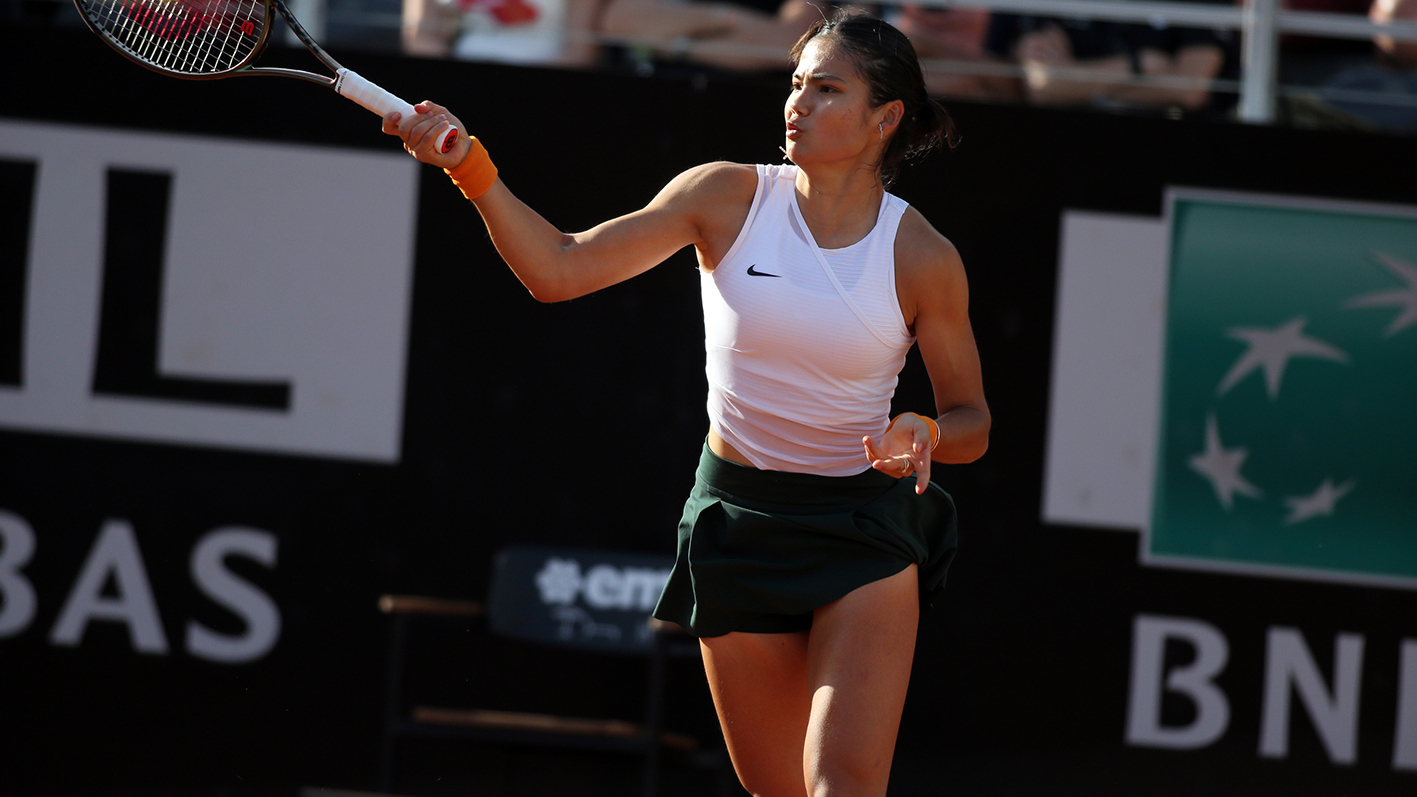This content is associated with The Open University's Sport and Fitness courses and qualifications.
Many parents are faced with a difficult question of how to best support the sporting excellence of their children. Parents of talented young athletes often understand the importance of their role in supporting their child’s sporting development, but they do not always understand how to ensure that the level of commitment and support required has a positive influence (Taylor & Collins, 2015). Many factors play a part in a child’s sport experience and as a parent it can be a minefield navigating your child’s sporting journey with them. Emma Raducanu has openly praised her parents for the role they play in her success. So, what do they do that works so well?
If we begin by looking back at Raducanu’s childhood, her parents provided the opportunity for her to try lots of different sports in addition to tennis, including ballet, swimming, horse riding, golf, skiing, and even motocross. Sampling a range of sports throughout childhood is argued to provide the best grounding both for progressing to a higher level in a chosen sport and for continued participation into adulthood (Bridge & Toms, 2013).
Experiencing different sporting cultures
Tennis is typically a sport where players begin at a young age, and data shows that 75% of the top 300 tennis players were aged 3 to 7 years when they started playing, whilst 21% began between the ages of 7 to 10 years, and only 4% started their tennis involvement between the ages of 10 to 13 years (Li et al., 2020). Yet, although Raducanu began playing tennis at a very young age she avoided the intensity that specialising in only one sport can bring. This was advocated by her father who asked for her tennis training to be reduced to allow other pursuits. One of the key benefits of sampling is the transfer of skills between sports (Tucker & Collins, 2012). This can enhance performance as well as encourage positive psychological and social development through being exposed to different sporting cultures.

Though many tennis players engage in the sport from an early age, the professional rankings between 14 and 18 years do not reliably predict a player’s future ranking (Li et al., 2020). This is because performance in sport does not happen in a linear fashion; an athlete’s progress is dependent upon psychological and social development as well as physiological development and maturation.
As Carlson (1988, p. 254) advised, ‘it is not possible to predict fully who will develop into a super tennis player based on talent alone. Environmental factors and context have proven to be of the utmost importance’. At just 19 years of age Raducanu is still maturing both on and off the court, and her parents will continue to play a key role in her development.
Maintaining a balanced life
Although tennis is clearly an important feature in Raducanu’s life, it would appear that her parents have ensured it does not become her entire identity, with family life and relationships rarely focused on tennis. When an individual’s athletic identity becomes everything (an ‘exclusive athletic identity’) they are at risk of potential negative consequences, particularly when encountering incidents such as injury and retirement. Raducanu’s parents keep her grounded and ensure she maintains an identity beyond tennis.
Raducanu has also paid tribute to the work ethic that her parents have instilled in her from a young age, not only related to sport but also in her education and in life more generally.
“They have been pushy to an extent. Not just in tennis but in everything. I think that I’ve developed that mentality since a young age.”
Finally, Raducanu’s parents seem to stay in the background at her events and are not recognisable. Parental behaviour around training and competition can determine whether a young athlete has a positive sporting experience. For example, warm and supportive parents have been associated with higher levels of sport competence, self-esteem and enjoyment for young girls when playing sport, with fun and enjoyment the key factor in influencing their continued participation (Atkins et al., 2013). Research with young tennis players, aged 12 to15 years, showed that players wanted their parents to be supportive without placing unnecessary pressure upon them. More specifically, players felt that parents should not give technical and tactical advice, but that they should comment on effort and attitude, offer practical advice, follow tennis etiquette, and match nonverbal behaviours with supportive comments (Knight et al., 2010). As a parent, controlling one’s own emotions and behaviour is key in being able to offer the emotional support needed by the child.

It would seem that Raducanu’s parents fall in line with what the research suggests. However, although research produces general recommendations of how parents can help to nurture and develop young athletes, it is important to note that each child is unique and brings their own personality to the situation. Therefore, parents should adopt an emotionally supportive approach to meet the individual needs of each young athlete. Emma Raducanu’s parents appear to have achieved this balance in her sporting career so far.








Rate and Review
Rate this article
Review this article
Log into OpenLearn to leave reviews and join in the conversation.
Article reviews